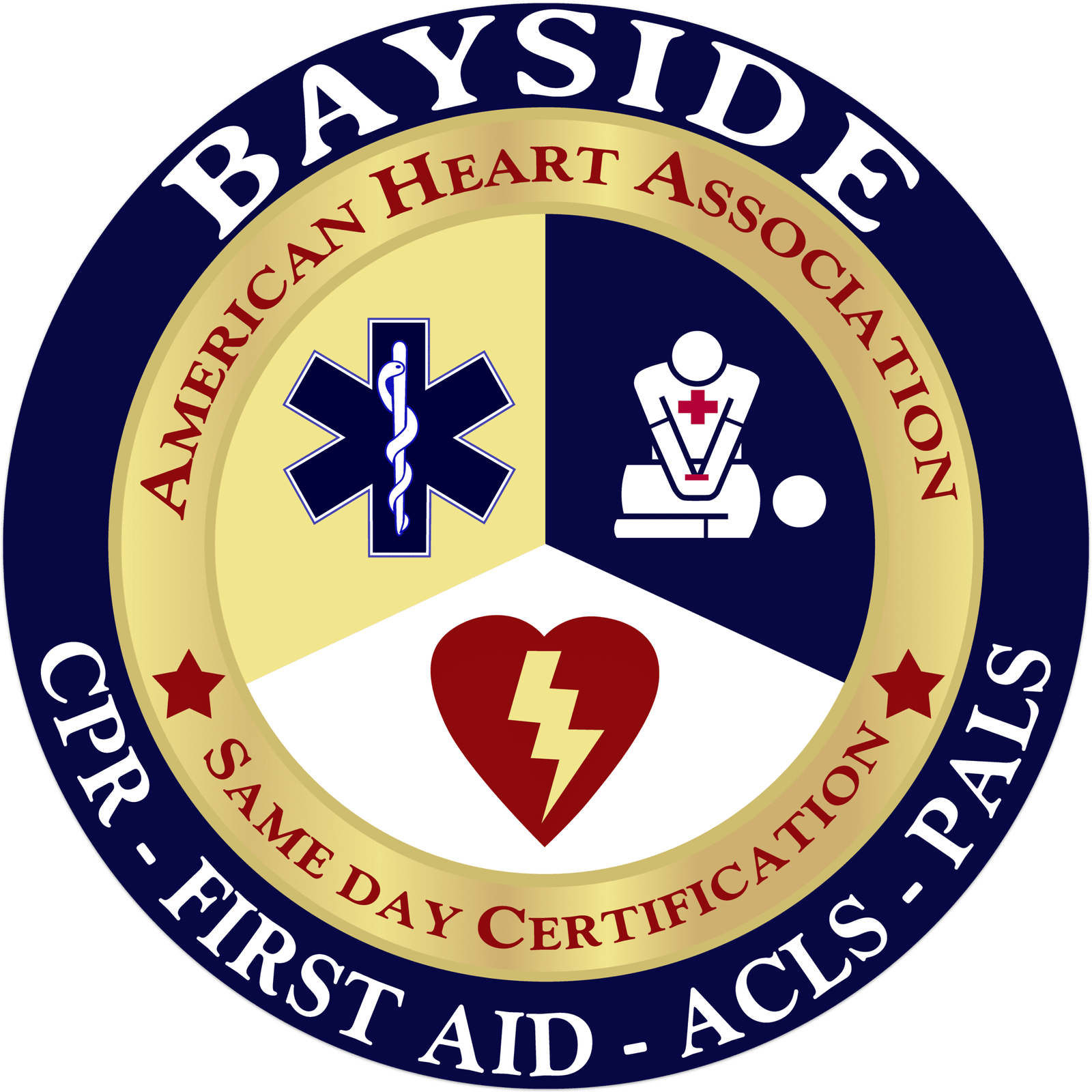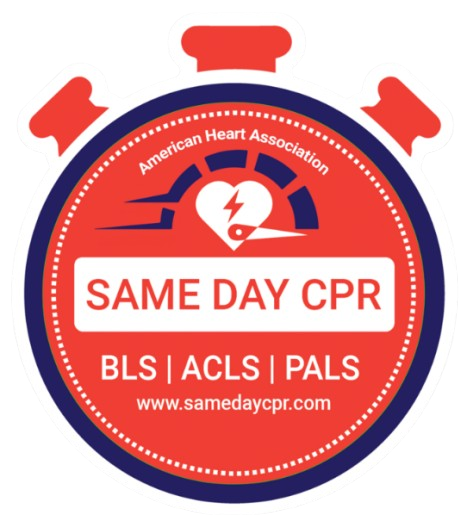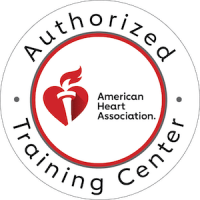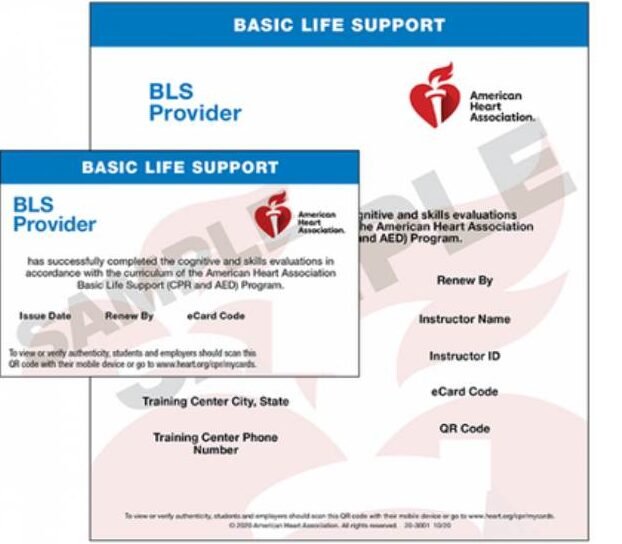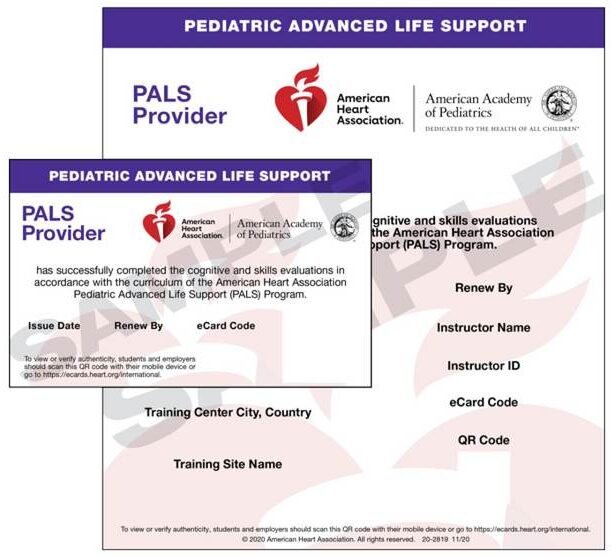Healthcare workers encounter blood and bodily fluids daily, exposing them to ongoing dangers from bloodborne pathogens (BBP) and infectious microorganisms such as Hepatitis B (HBV), Hepatitis C (HCV), and Human Immunodeficiency Virus (HIV). These pathogens can cause severe, long-lasting illnesses if they enter the body through broken skin, a puncture wound, or mucous membranes.
Understanding exposure risks is vital because even a single incident can lead to a life-changing infection. In fast-paced environments with frequent patient contact and the use of needles and sharp instruments, healthcare settings present multiple opportunities for accidental exposure.
Among all hazards, needlestick and other sharp injuries remain the most common and serious risks for healthcare workers. These injuries can happen during injections, blood draws, suturing, or while disposing of used needles, making prevention a top priority in every clinical role.
What Are Bloodborne Pathogens?
Bloodborne pathogens (BBP) are infectious microorganisms residing in human blood that can cause disease when they enter another person’s bloodstream. These pathogens are most often transmitted through contact with infected blood, but some can also spread via other potentially infectious materials (OPIM), such as certain body fluids.
1. Common Diseases Transmitted
The most concerning bloodborne pathogens (BBP) in healthcare include:
- Hepatitis B Virus (HBV): A severe liver infection that can become chronic. HBV is highly infectious, much more so than HIV.
- Hepatitis C Virus (HCV): A bloodborne virus that frequently becomes chronic and can lead to liver damage, cirrhosis, or liver cancer.
- Human Immunodeficiency Virus (HIV): The virus responsible for AIDS. Although less infectious than HBV or HCV, any exposure still constitutes a medical emergency.
2. How These Pathogens Spread in Clinical Settings
Bloodborne pathogens (BBP) can spread through:
- Needlestick or sharps injuries (the most common route)
- Contact with mucous membranes (eyes, nose, mouth)
- Exposure to broken or non-intact skin
- Splashes of blood or bodily fluids during procedures
- Improper handling or disposal of contaminated sharps
- Contaminated medical instruments or surfaces
Since these exposures can happen quickly and unexpectedly, strict safety protocols, such as using PPE, following sharp safety procedures, and proper sterilization, are essential to protect healthcare workers.
The Most Common Risk: Needlestick and Sharps Injuries
Needlestick and sharps injuries are the leading cause of bloodborne pathogen exposure among healthcare workers. These occur when contaminated needles or sharp medical instruments accidentally puncture the skin, providing direct entry for (BBP) bloodborne pathogens.
1. What Counts as a Needlestick or Sharps Injury
A sharps-related exposure includes:
- Accidental puncture from a used needle
- Cuts from scalpels, suture needles, or other sharp instruments
- Injuries from broken glass vials or ampules that contain blood
- Scratches or nicks from contaminated dental tools
- Exposure caused by improperly disposed of needles or sharps
If the sharp is contaminated with blood or OPIM, even a minor injury can pose a serious threat.
2. Why These Injuries Are So Common
Needlestick and sharps injuries happen often because:
- Healthcare settings are fast-paced and high-pressure
- Workers handle needles and sharps numerous times per shift
- Fatigue or distraction increases error risk
- Tight spaces and crowded rooms make passing instruments dangerous
- Improper disposal or overfull sharps containers can lead to accidental punctures
- Some workers still recap needles despite discouragement
Even highly experienced clinicians can experience accidental injuries during routine tasks.
3. High-Risk Procedures
Certain procedures involve more frequent handling of needles and sharps, increasing exposure risk:
- Phlebotomy (blood draws)
- Injections (IM, SQ, or intradermal)
- IV catheter insertion and removal
- Blood glucose testing with lancets
- Suturing and surgical procedures
- Recapping needles, which remains one of the riskiest practices
These common tasks explain why needlestick and sharps injuries continue to be the top threat for healthcare workers.
Other Significant Exposure Risks (But Less Common)
Some exposure risks happen less often, but they still deserve attention because they can catch workers by surprise. Understanding these situations helps everyone react quickly and stay protected.
- Human Bites: Bites that break the skin can expose workers to blood from a patient who may carry an infection.
- Visibly Contaminated Bodily Fluids: Fluids that contain blood or show signs of contamination can transmit harmful pathogens during direct contact.
- Unfixed Tissues or Organs: Handling tissues that are not preserved can expose workers to infectious material during lab or surgical tasks.
- Infected Animal Material: Animal blood or tissues used in research or teaching can carry pathogens that spread through direct contact.
- Mucocutaneous Exposure: Blood or fluid that splashes into the eyes or mouth can enter the body quickly and create a serious exposure risk.
Factors That Increase Exposure Risk
Busy healthcare settings can make even routine tasks feel unpredictable, and that’s when exposure risks often rise. Knowing what increases those risks helps every worker stay safer and more aware.
- High Patient Volume: A crowded unit creates more chances for rushed procedures, quick movements, and mistakes that lead to accidental exposure.
- Fatigue and Rushed Environments: Long shifts and constant pressure reduce focus, making it easier to slip, misjudge distance, or mishandle equipment.
- Inadequate Training or PPE Use: When workers are unsure how to use protective gear or follow safety steps, they become more vulnerable to contact with blood and fluids.
- Improper Sharps Handling Technique: Unsafe actions such as passing instruments carelessly or disposing of needles the wrong way increase the risk of injury.
- Poor Safety Culture or Outdated Equipment: A workplace that lacks support, clear rules, or modern safety tools leaves healthcare workers exposed to preventable hazards.
Prevention Strategies for Bloodborne Pathogens
Preventing exposure starts with simple habits that protect everyone in the care environment. When each person follows safe steps, the whole team stays healthier and more confident.
- Engineering Controls: Tools designed to reduce risk include safety needles and secure sharps disposal containers that keep hazardous items contained.
- Work Practice Controls: Safe actions like avoiding needle recapping and passing instruments carefully help lower the chance of accidental contact.
- Proper PPE: Using gloves, face shields, and masks creates a barrier that keeps blood and other fluids away from the skin and mucous membranes.
- Training and Competency Refreshers: Regular practice builds strong safety habits and helps workers stay updated on the best ways to prevent exposure.
- Vaccination: Hepatitis B: The Hepatitis B vaccine offers an important layer of protection for anyone who may come into contact with infected blood.
- Prompt Reporting and Documentation Procedures: Reporting an exposure right away ensures fast treatment, proper follow-up, and helps the workplace improve safety for everyone.
What To Do After an Exposure
Knowing what to do in the first few moments after an exposure can make a big difference. Quick action protects your health and helps your team respond appropriately.
1. Immediate First Aid Steps
- Wash the area with soap and water right away
- Flush eyes, nose, or mouth with clean water if a splash occurs
- Do not scrub the skin or use harsh chemicals
- Gently encourage bleeding at the site if it was a puncture
2. Reporting Requirements
- Report the exposure to your supervisor or safety officer as soon as possible.
- Complete the required incident forms to document the event and allow follow-up to begin without delay.
3. Post-Exposure Evaluation
- A healthcare professional will assess the source patient, the type of exposure, and your vaccination history.
- This evaluation helps determine the level of risk and the next steps for treatment.
4. Follow-Up Testing and Prophylaxis
- You may receive baseline blood tests along with follow-up testing over the next few months.
- Depending on the situation, you may also be offered recommended treatments for Hepatitis B or HIV to reduce the chance of infection.
Employer Responsibilities
Healthcare employers play a big role in keeping workers safe from bloodborne pathogens. Their commitment to safety helps create a workplace where people feel protected and supported.
- OSHA Requirements: Employers must follow OSHA (Occupational Safety and Health Administration) standards that outline how to prevent exposure, respond to incidents, and maintain a safe work environment for every team member.
- Exposure Control Plans: A written plan should be in place to guide staff on how to reduce risks, handle exposures, and use safer practices during daily tasks.
- Providing PPE and Safety Equipment: Workers should always have access to protective gear like gloves, masks, gowns, and safe needle devices that help prevent injuries.
- Training Obligations: Regular training ensures employees understand the hazards they may face, the safety steps they should follow, and the correct way to respond to an exposure.
Protecting Healthcare Workers Together
In summary, a strong safety culture helps everyone feel confident and protected while caring for patients. When healthcare workers understand the risks around bloodborne pathogens and use safe habits every day, they lower the chance of injuries and create a healthier work environment for the whole team. Staying alert, practicing good technique, and speaking up about concerns all play a part in preventing exposure. With the right tools, clear communication, and ongoing support, workers can focus on their patients while knowing they are taking smart steps to protect themselves and each other.
